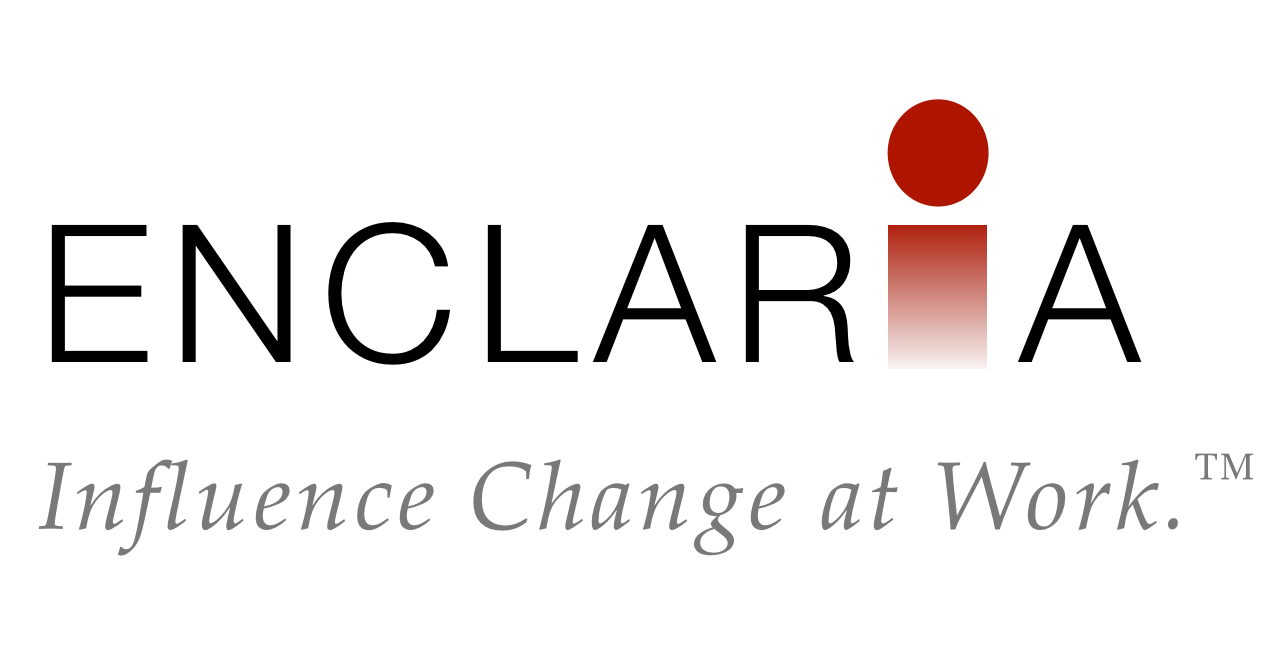By definition, a stakeholder is anyone who has something at stake due to your change. A stakeholder is not just the person who must change the way they work in order to gain the desired results. A stakeholder may also be someone who benefits or suffers from the outcome of the change, or someone who must support the change in order for it to happen. “Stakeholder†is the generic term for anyone who is impacted by or who impacts the change.
When you’re designing your change initiative, you’ll modify your approach to different stakeholders based on features that are unique to each. So, to influence change, there are several things you should know about the stakeholders in your organization to help tailor your approach.
Groups
Since you probably don’t have the capacity to deal with every person individually, first determine the different groups of stakeholders. Organizations by their very nature tend to be organized by stakeholder groups, whether by functional department, geographical area, or level of hierarchy, so you can start there. The remaining features may help you further slice and dice your organization so you can best target communication, training, and other instruments of change.
Characteristics
Once you identify your stakeholder groups, identify some of the characteristics that make each group unique. Who are they and what do they do? Learn things like what role they play in the organization, how they work together, and what values they uphold.
Transitions
Before you can understand the impact the change will have on each stakeholder group, you must know the transitions the group will undergo. What’s really changing? Part of the change is probably external – a change to the environment, structure, or process – and part is internal – behaviors, attitudes, beliefs, or values.
Impact BY Change
Next, anticipate how the stakeholders will be impacted by the change. Understand how people will be affected as transitions happen around them and within them. Remember the impact may be both positive and negative, and it is important to recognize both. What will they like or dislike about the change? What emotions will likely be triggered by the change? Since they are stakeholders, what is really at stake for them?
Impact ON Change
You not only want to understand how each stakeholder group is impacted by the change, but also what their impact on the change is. What are the essential responsibilities they have regarding the change? What happens if they don’t participate? Identify stakeholders’ roles in the change and how they can best contribute.
Supporting Factors
For each group, identify what it is about the group that will help move change forward. Some supporting factors may be teamwork or culture. Perhaps they already have the necessary expertise or attitudes. Recognize the assets each group already has on hand that support the change, so you can build from there.
Obstructing Factors
Lastly, you want to know what aspects of the group help maintain the status quo. What are the unspoken rules for working together that keep things the way they are? Understand the nature of the glue – culture, behaviors, history, or other traits – that will keep the group from moving forward. Also, understand the potential sources of resistance that may crop up within that group as the change unfolds.
Change is not a one size fits all endeavor. It is essential to tailor your approach to the people who will experience and implement it. Learning what you can about the people who impact and are impacted by the change will go a long way towards designing an initiative that will achieve the desired results.
